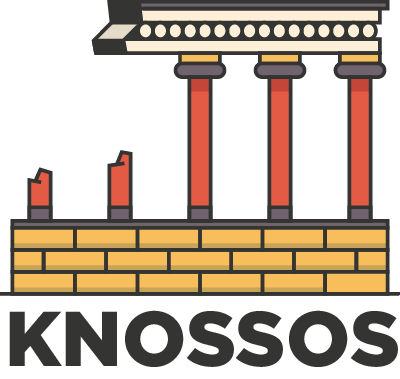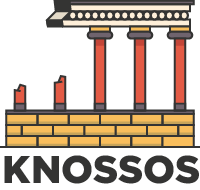Table of Contents
Introduction
The period of Neopalatial Crete, spanning from approximately 1700/1675 to 1450 BC, stands as a defining era in the annals of Crete’s history.
This epoch, known as the golden age of Minoan civilization, was marked by a confluence of artistic mastery, architectural innovation, and political sophistication. It was a time when the creative spirit, political acumen, and architectural prowess of the Minoans reached their zenith, leaving a legacy that continues to fascinate the modern world.
Artistic Flourishing in Neopalatial Crete
Neopalatial Crete witnessed a remarkable artistic flourishing, characterized by a diverse range of crafts and styles. One of the era’s standout contributions was the development of the Marine Style in pottery, a departure from the geometric patterns of earlier periods to more naturalistic depictions of marine life.
This style is exemplified by a famous pitcher adorned with an octopus, showcasing the Minoans’ intricate artistry and connection to the sea. The period also saw advancements in glyptics, with the crafting of exquisite seals such as the Isopata ring, a gold seal depicting a shamanistic ritual that highlights the spiritual and artistic depth of Neopalatial society.
The Magnificence of Minoan Palaces
Neopalatial Crete is renowned for its architectural grandeur, epitomized by the majestic Minoan Palaces. These structures were not mere royal residences; they were multifaceted hubs of political power, religious activity, and cultural life.
The Palace of Knossos, the largest among them, is a testament to the architectural ingenuity of the era. Its complex layout, featuring central courtyards, light wells, and an advanced drainage system, showcases a blend of aesthetic beauty and practical design.

Innovative Design and Artistic Decor
The Minoan Palaces were marvels of architectural design, integrating innovative features that were ahead of their time. Key elements such as light wells enhanced natural illumination and ventilation, while central courtyards served as focal points for ceremonial activities.
The walls of these palaces were adorned with vibrant frescoes, depicting scenes of nature, religious rituals, and daily Minoan life. These artistic elements added a layer of cultural richness to the architectural splendor of the palaces.
Palatial Centers: Hubs of Minoan Life
The Minoan Palaces, particularly the Palace of Knossos, were the centers of Neopalatial life. They were the administrative, religious, and economic heart of Minoan society. The palaces’ intricate designs and decorations reflected the sophistication and complexity of the society that built them.
They were a symbol of the Minoans’ power, wealth, and artistic sensibilities, playing a crucial role in the social and political fabric of Neopalatial Crete.

The Evolving Political Landscape
The Neopalatial Period marked a significant evolution in the political landscape of Crete. During this era, there was a shift from a polycentric structure, characterized by various independent city-states, to a more unified or centrally influenced system.
This change is most evident in the growing prominence of the Palace of Knossos, which emerged as a dominant cultural and political hub, potentially indicating a move towards a more centralized form of governance or a federation of interdependent states.
Knossos: The Heart of Neopalatial Politics
Knossos played a pivotal role in shaping the political dynamics of Neopalatial Crete. Its influence extended beyond mere governance, impacting pottery styles, architectural techniques, and cultural practices across the island. The palace’s dominance in trade, administration, and culture underlines its importance in the broader context of Minoan civilization, suggesting a significant shift in power dynamics.
Societal Changes and International Relations
The political shifts in Neopalatial Crete were accompanied by significant societal changes. The period was marked by an atmosphere of peace, both within the island and in its international relations.
Trade flourished, and diplomatic ties with major powers like Egypt, mainland Greece, and the Near East contributed to the island’s stability. This peaceful environment facilitated cultural exchange and economic growth, further solidifying the Minoan position in the ancient world.
Conclusion
The Neopalatial Era of Crete was a golden age marked by artistic innovation, architectural grandeur, and political sophistication. This period witnessed the Minoan civilization reaching its zenith, showcasing a society adept in art, architecture, and governance.
The legacy of this era continues to intrigue scholars and enthusiasts alike, offering a glimpse into the rich tapestry of ancient Mediterranean civilizations.


